Table of Contents

The Origins of Muay Thai Sak Yant
Muay Thai, known as the "Art of Eight Limbs," is more than just a combat sport—it is a cultural phenomenon deeply intertwined with Thai history and spirituality. Sak Yant tattoos are believed to provide wearers with sacred protection, strength, and blessings from the divine. Traditionally, these tattoos were exclusively worn by warriors, particularly Muay Thai fighters, to enhance their physical and spiritual capabilities. The symbols chosen often reflected the individual's personal beliefs, values, or sought-after qualities.
As Muay Thai evolved, so did the practice of getting Sak Yant tattoos. Sak Yant tattoos are believed to carry not only the physical ink but also the spiritual blessings and intentions given during the ritual. The act of receiving a Sak Yant is seen as a spiritual exchange, with the wearer gaining not just a tattoo but a source of positive energy.
Famous Sak Yant Symbols and Their Meanings

1. Twin Tiger (Seuu Khood)
- Twin Tiger, revered for its strength and fearlessness, serves as a potent symbol in Muay Thai. Fighters choose the tiger motif to draw upon its attributes, aiming to embody the creature's ferocity, agility, and unyielding spirit in the ring.
- Often depicted with two tigers facing each other in a dynamic and powerful stance, the tattoo represents the ferocity and prowess of these majestic creatures. Tigers are revered for their dominance in the wild, and the tattoo embodies their qualities of resilience and survival.
- Beyond physical prowess, the tiger symbolizes courage—a quality essential for any Muay Thai practitioner facing challenges in and out of the arena. Wearers of this tattoo seek to channel the tiger's energy, harnessing its power to overcome challenges and emerge victorious in their endeavors.
2. Hanuman (Monkey God)
- Hanuman, the revered monkey god in Hindu mythology, has transcended religious boundaries and become an integral part of Thai folklore. His unwavering loyalty, strength, and devotion make him a compelling choice for those seeking divine inspiration.
- Hanuman is revered for his ability to overcome obstacles and challenges, making the Hanuman Yantra a symbol of resilience and determination.
- Muay Thai practitioners often choose Hanuman as their Sak Yant symbol to embody qualities such as courage and discipline. The symbolic connection to Hanuman serves as a source of inspiration, fostering mental fortitude and resilience among fighters facing the physical and mental challenges of their sport.
3. Yant Krop Kaew (Diamond Shield)
- Yant Krop Kaew, known as the "Diamond Armour," is renowned for its protective qualities. Wearers believe that this Sak Yant acts as a spiritual shield, providing a layer of defense against negative energies and potential harm while also enhancing the wearer's physical and mental strength.
- The design typically features geometric patterns resembling a diamond or crystal lattice, symbolizing strength and invincibility, making it a fitting choice for those seeking spiritual protection.
- This Sak Yant is also believed to provide insight and clarity to the wearer, as well as enhance their intuition and foresight, acting as a source of guidance and direction in navigating life's challenges.
4. Paed Tidt (8 Directions)
- Paed Tidt, renowned for its representation of balance and spiritual guidance, holds profound significance in Thai tattoo culture. Those who adorn themselves with this intricate design seek to invoke its protective blessings, shielding them from negativity and ensuring safe passage through life's journey.
- Symbolizing the eight cardinal directions, each with its unique attributes, the Paed Tidt tattoo embodies the wearer with a sense of equilibrium and resilience. It serves as a powerful amulet, believed to bestow good fortune, success, and an unwavering shield against harm from any direction.

5. Hah Taew (5 Rows)
- The Hah Taew Yantra tattoo is a revered symbol in Thai culture, consisting of five sacred lines, each carrying distinct blessings and powers. "Maha Ud," the first line, signifies protection from physical harm and danger, crucial for Muay Thai fighters facing the rigors of combat.
- "Glon Ngern" brings wealth and prosperity, "Naed Naa" enhances charisma, "Naed Sii" shields from negative influences and boosts reputation, while "Klaew Klaad" grants evasion and escape.
- Serving as a shield of both physical and spiritual protection, the tattoo instills confidence and security in the fighter as they navigate through challenges. It represents resilience and fortitude, enabling fighters to confront challenges with courage while maintaining a sense of safety and well-being throughout their training and competitions.
6. Gao Yord (9 Spires/Peaks)
- The Gao Yord tattoo represents a connection to the sacred mountains of Hindu-Buddhist cosmology. Consisting of nine spires or peaks, each peak carries its own spiritual significance, offering protection and guidance to the wearer.
- The tattoo symbolizes a journey through life's challenges, with each peak representing a milestone to be overcome. Through its intricate design, the Gao Yord Yantra serves as a spiritual compass, providing strength, direction, and a sense of divine guidance to those who adorn themselves with its powerful imagery.
7. Garuda (Divine Bird)
- The Garuda Yantra tattoo embodies the strength, protection, and freedom symbolized by the legendary Garuda, a mythical bird considered the king of birds. Depicted as a powerful bird-like creature, Garuda is often associated with Vishnu, representing courage and the triumph of good over evil.
- This tattoo is known for its ability to ward off negative energies and obstacles, offering its wearer a sense of invincibility and spiritual fortitude. It serves as a potent symbol of protection and liberation, empowering individuals to overcome challenges and navigate life's journey with resilience and grace.
- Wearers of the Garuda Yantra seek not only physical protection but also spiritual elevation, as the tattoo is believed to confer blessings and divine favor upon its bearer.
Getting a Sak Yant Tattoo: Everything You Need to Know

Methods of Application
- Bamboo Sticks and Steel Needles: This method, known for its connection to the roots of Sak Yant, involves the careful and deliberate creation of each symbol. The use of bamboo and steel adds cultural weight to the process, as these techniques are considered more than just a means of tattooing but a ritual that bridges the physical and spiritual realms.
- Machine Tattooing: In modern times, many Sakyant tattoos are applied using tattoo machines similar to those used in Western tattooing. While this method may lack the traditional aspect of hand-poking, it allows for faster application and can still produce beautiful and meaningful designs.
The Role of Monks and Traditional Practitioners
- Getting a Sak Yant tattoo is not merely a transaction; it is a sacred ritual. Monks or traditional practitioners play a central role in the process, infusing the tattoo with spiritual energy. The connection between the monk or practitioner and the recipient goes beyond the tattooing itself - it involves prayers, blessings, and the transfer of positive energy, creating a spiritual bond that lasts beyond the physical application of the ink.


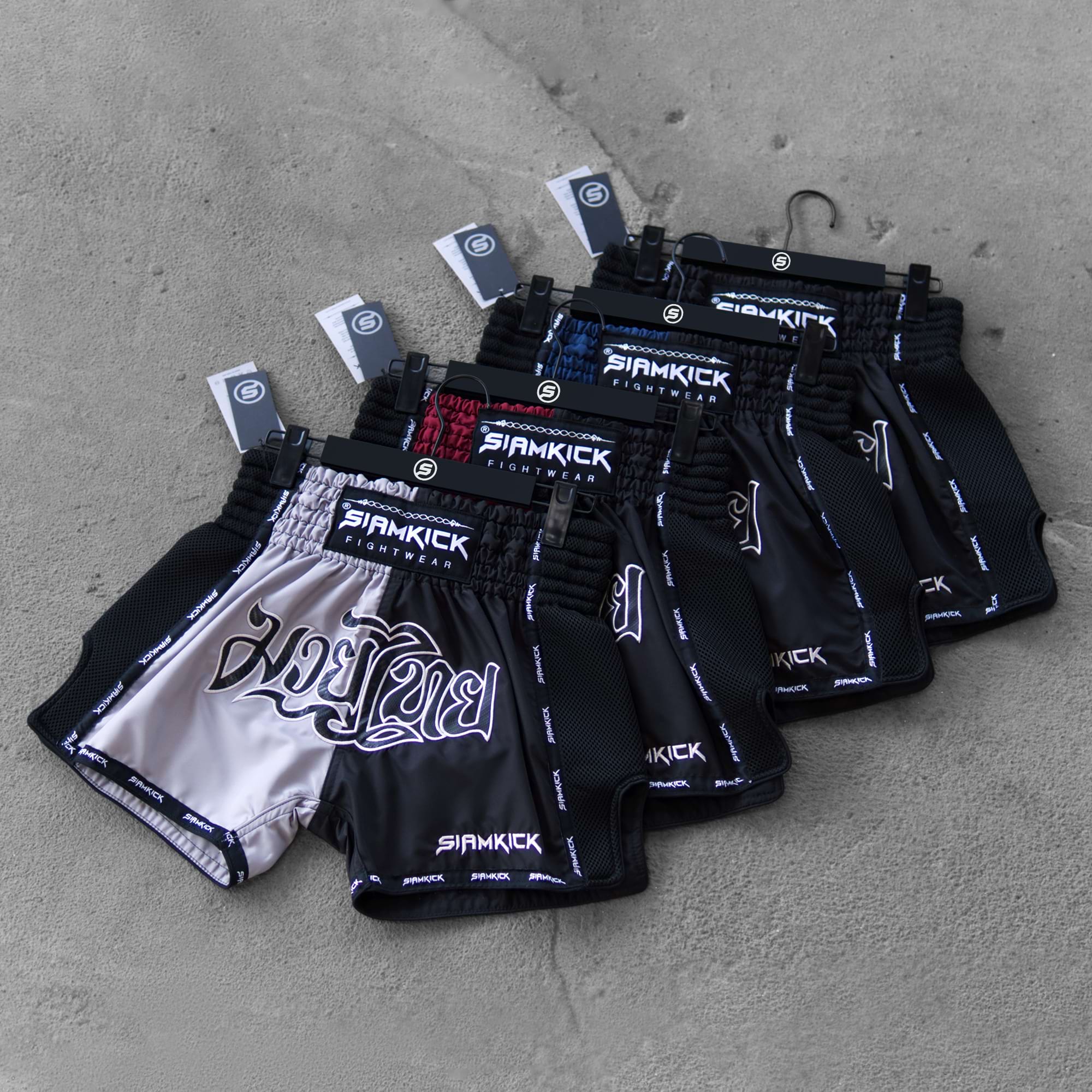





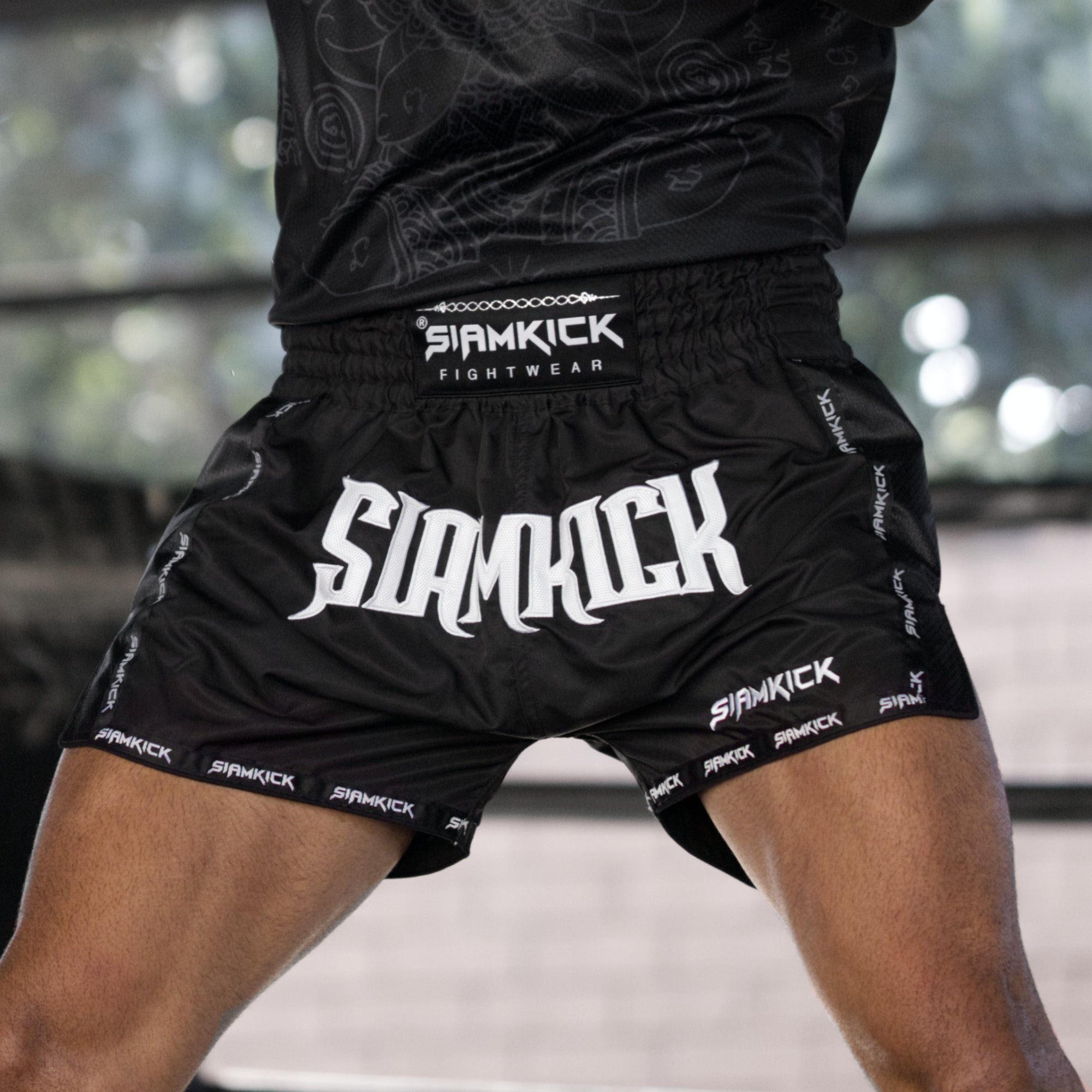
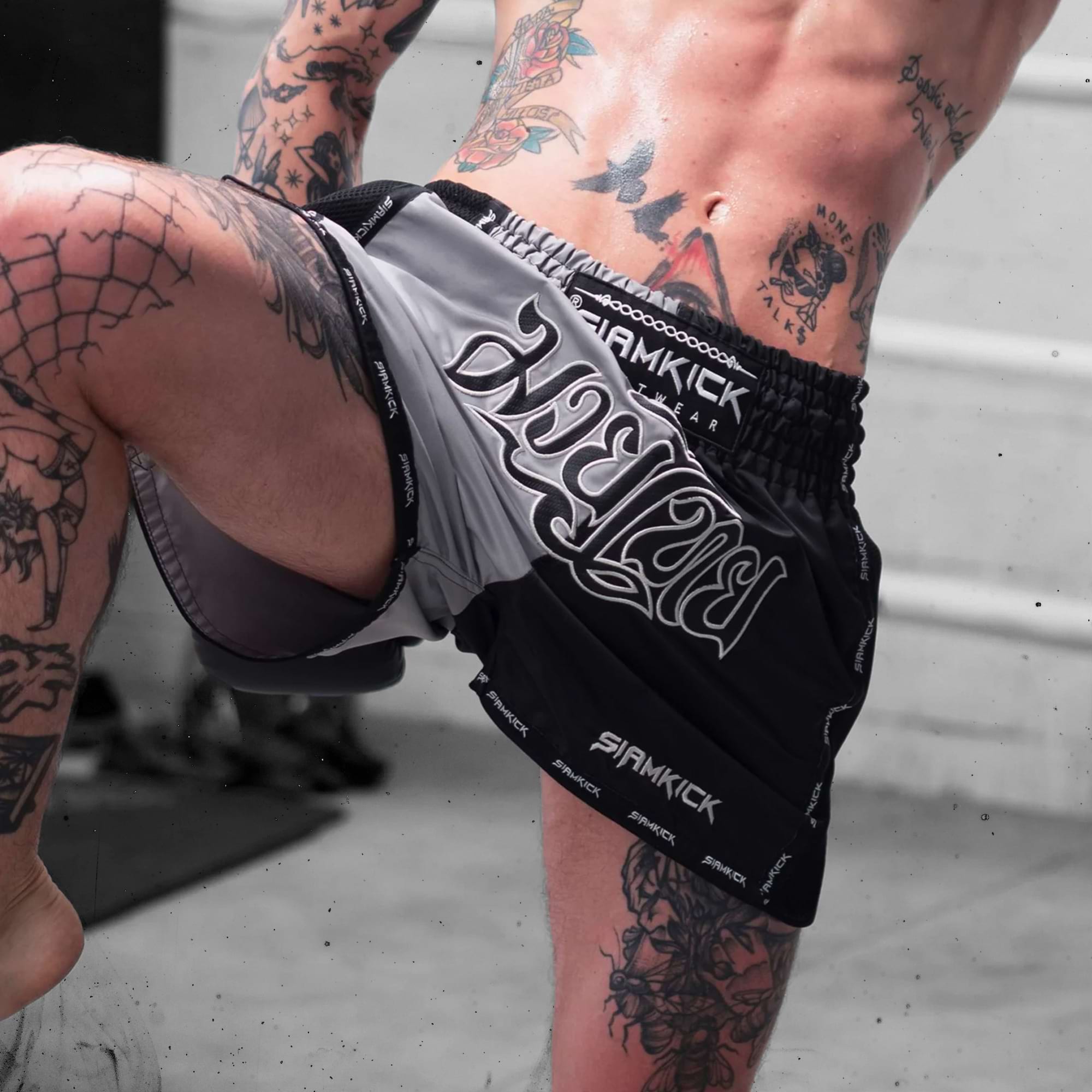




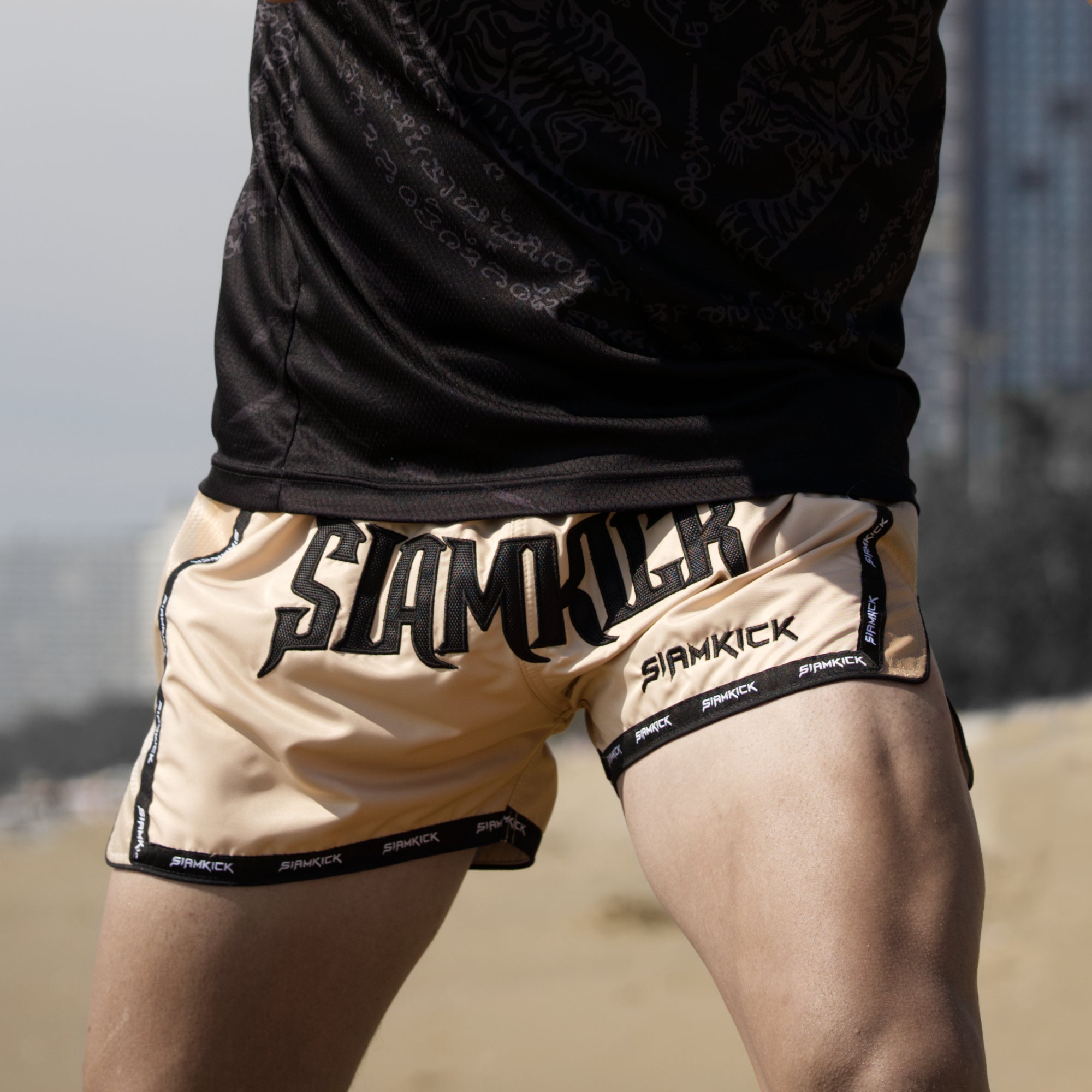
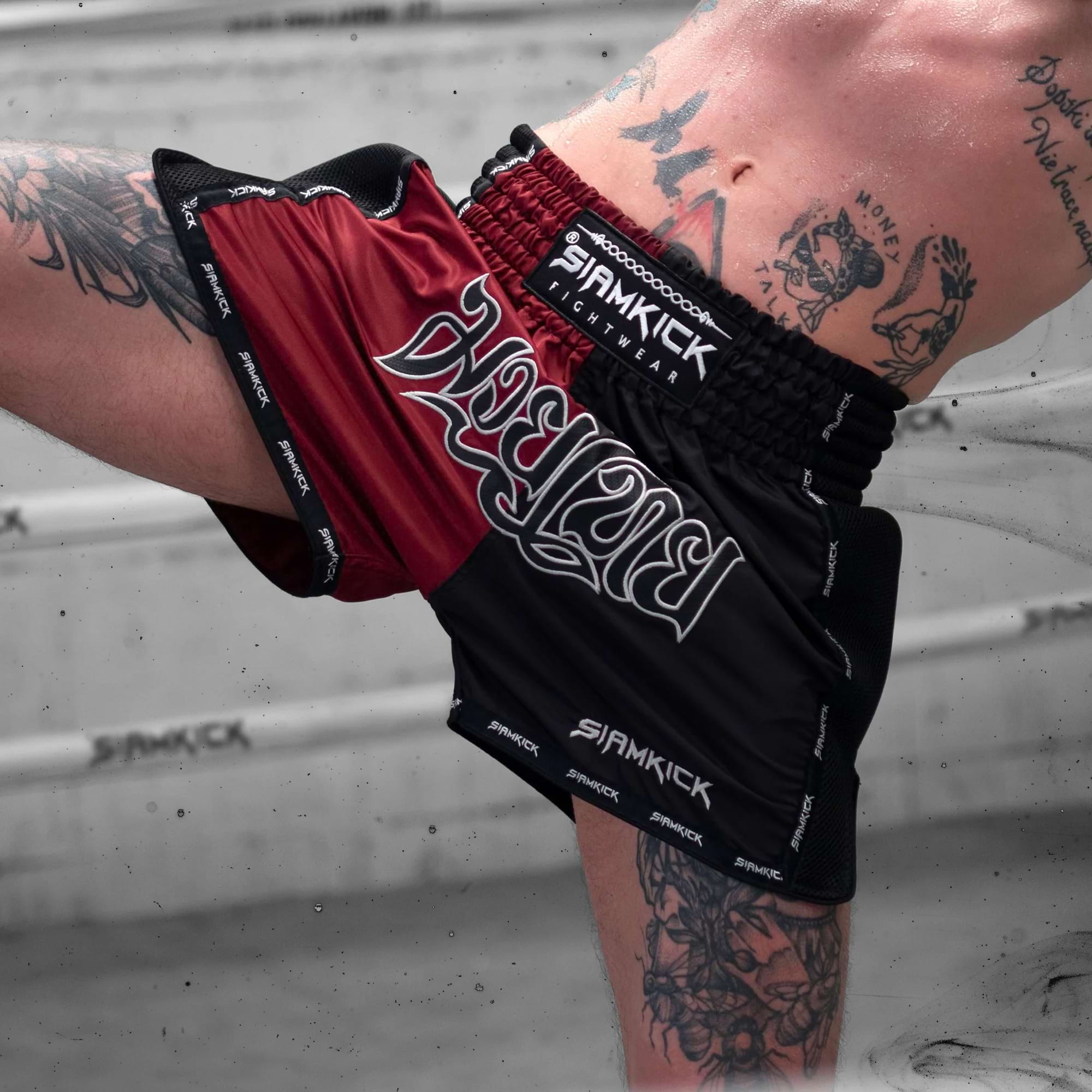

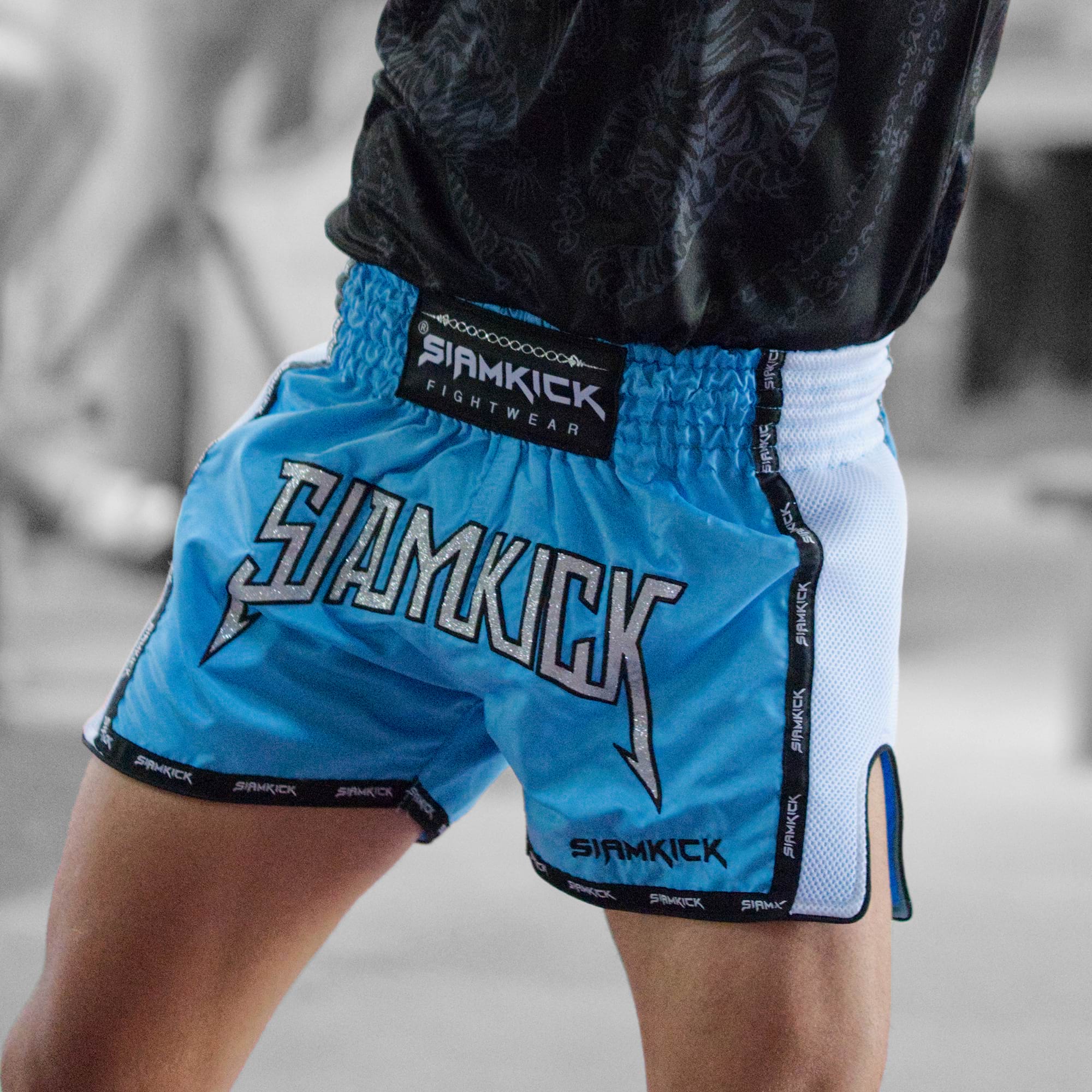
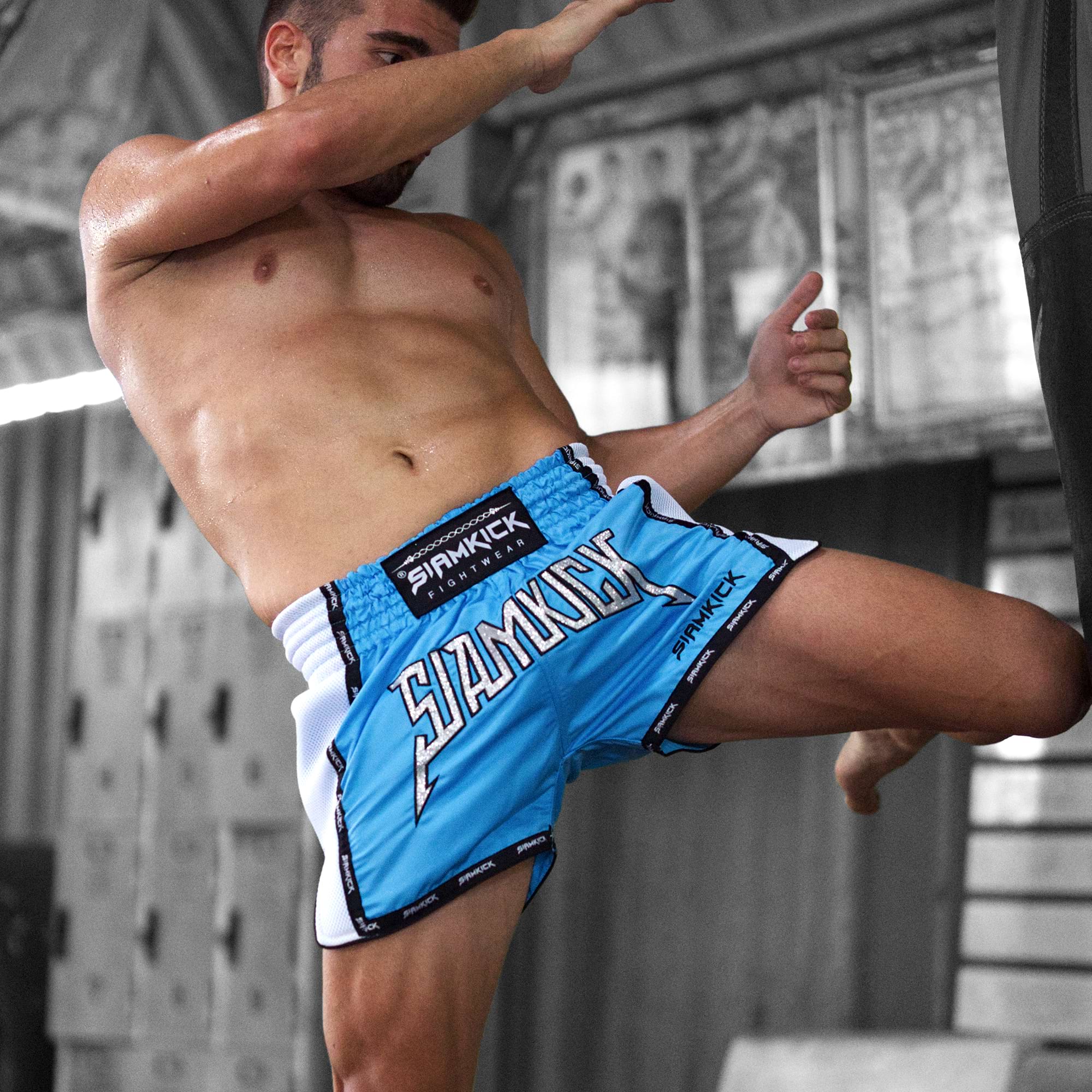


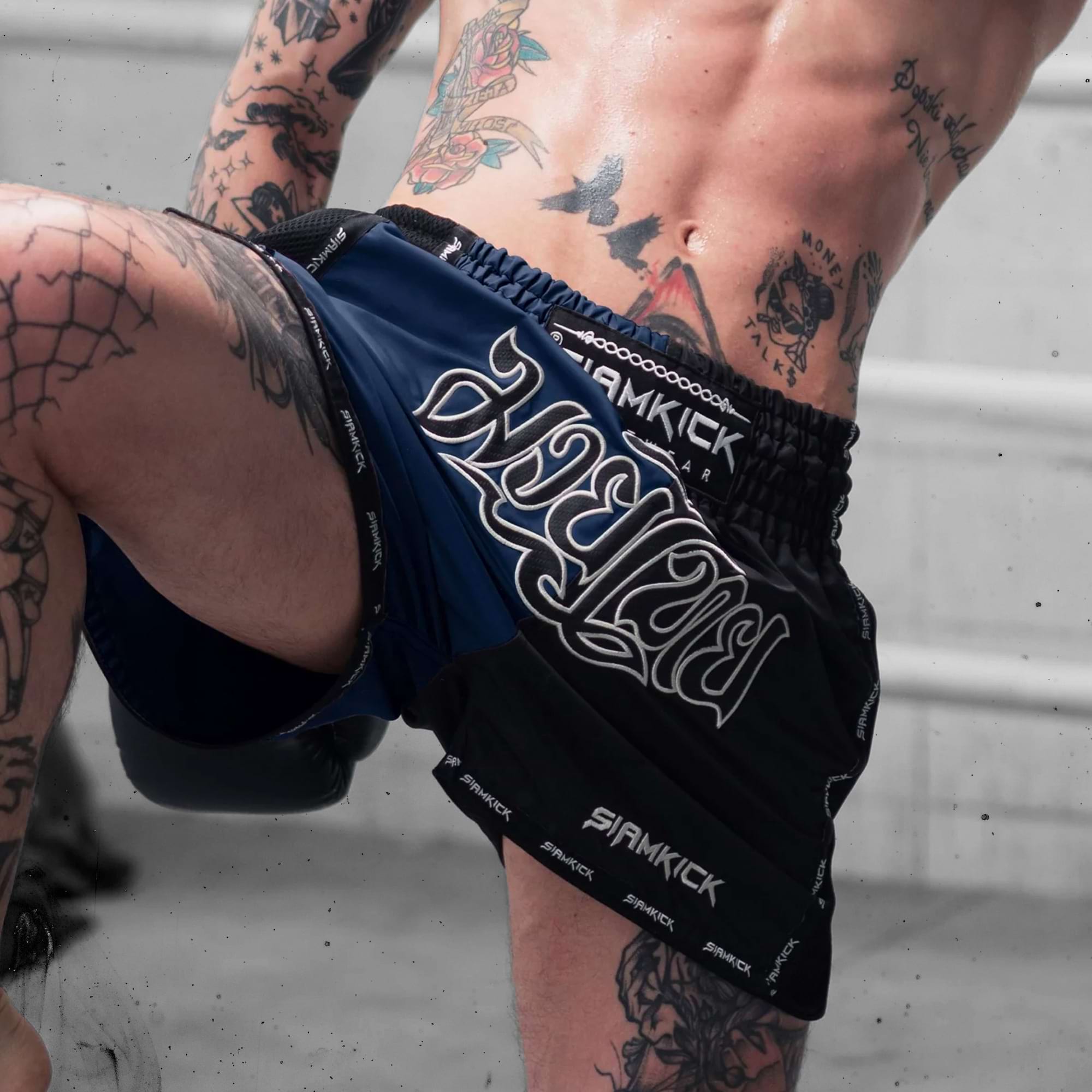








1 comment
Great info… might have to travel to Thailand to get it done